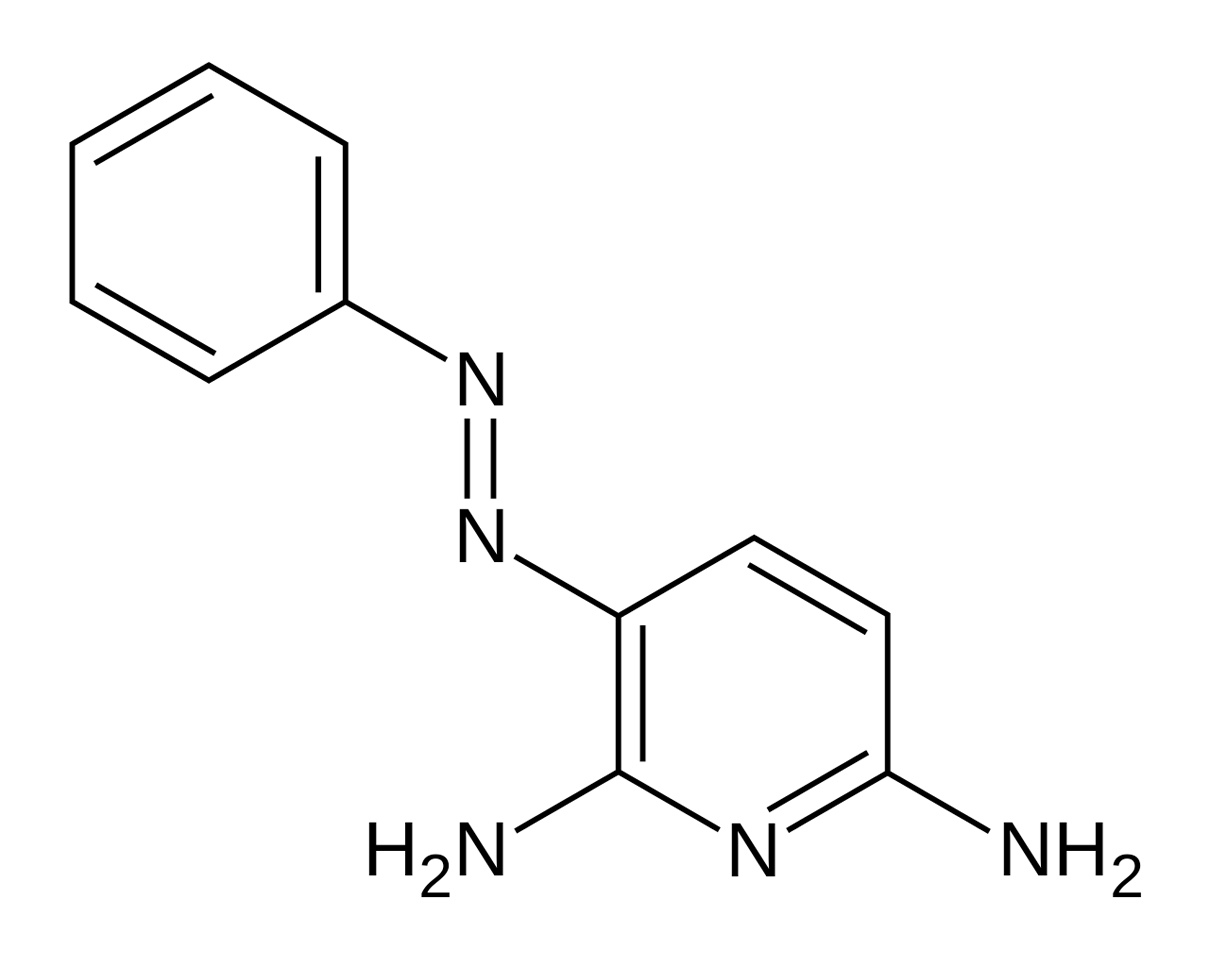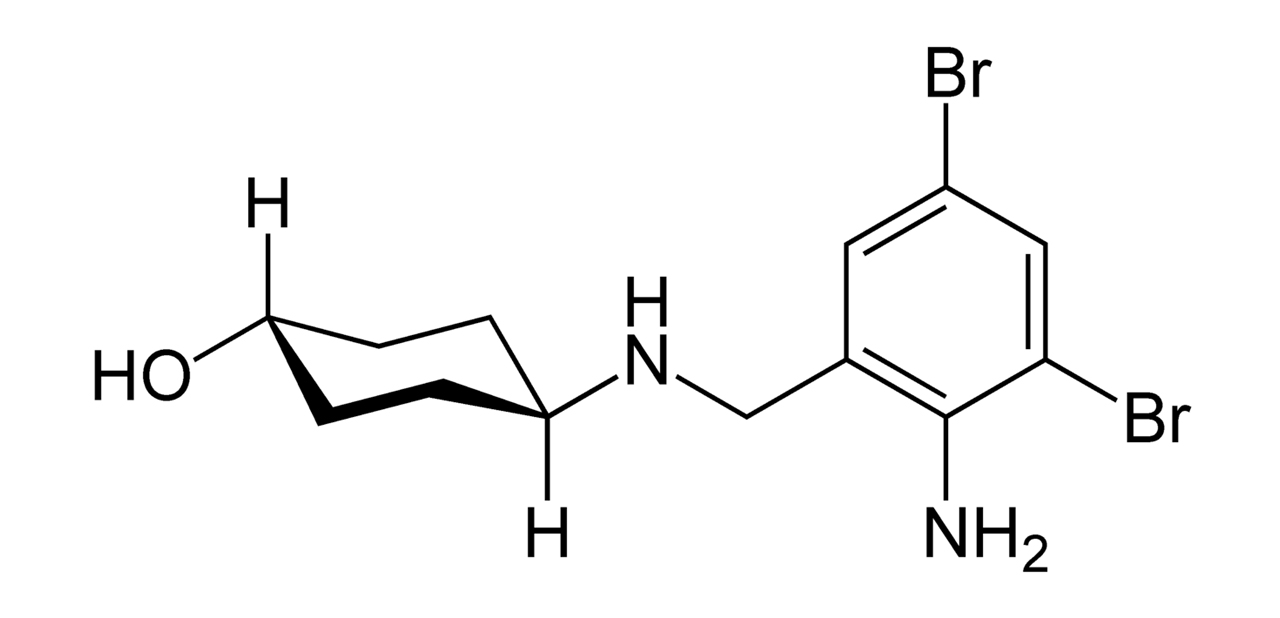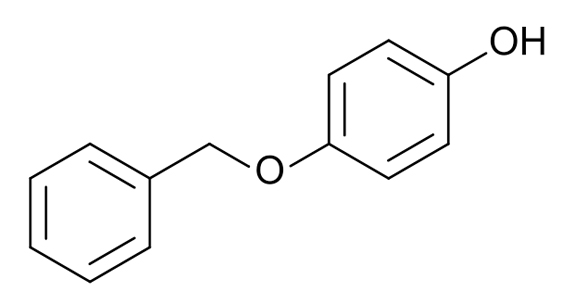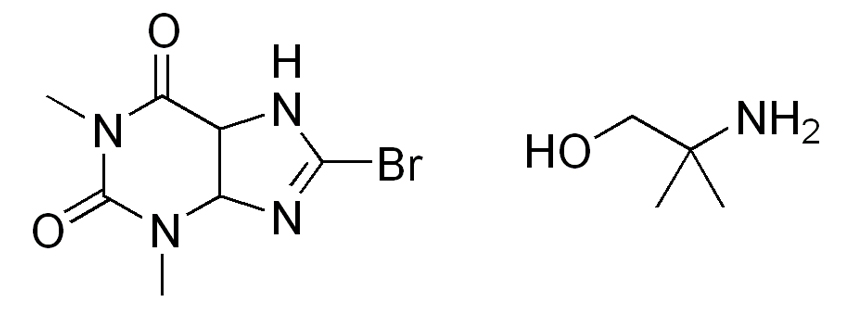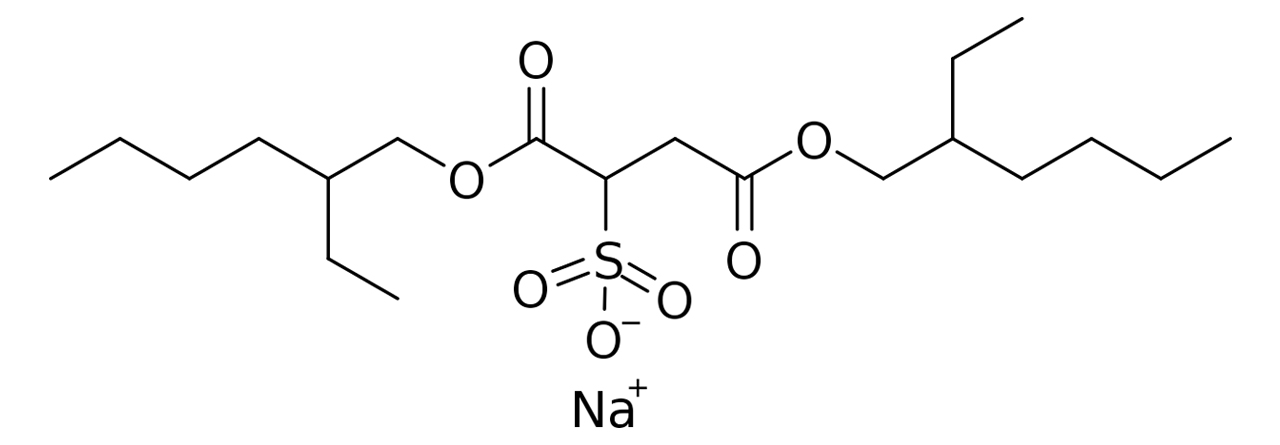
PHARMACOPOEIA : IP/BP/EP/USP
CAS NUMBER : 577-11-7
SYNONYM : DIOCTYL SULFOSUCCINATE
PHARMACEUTICAL GRADE : Docusate, also known as docusate salts or dioctyl sulfosuccinate, it is a laxative of the stool softener type used to treat constipation. It is considered a good choice in children who have hard feces for constipation that occurs as a side effect of opiate use, it may be used alone or with a stimulant laxative. It may be taken as a capsule by mouth or as a rectal suppository. Usually it works within one to three days.
CONSTIPATION : Docusate is used to treat constipation, and in painful anorectal conditions such as hemorrhoids and anal fissures, to help avoid pain caused by straining during bowel movements.
Given orally, the effects usually are seen 1 to 3 days after the first dose.[8] given rectally, as an enema or suppository, a bowel movement usually occurs within 5 to 20 minutes.
The drug may be used in people who are receiving opioid medication, although prolonged use may cause irritation of the gastrointestinal tract. Data supporting its efficacy in treating chronic constipation are lacking.
The effectiveness of laxatives for constipation in those receiving palliative care is unclear, as it has not been sufficiently studied. The comparative effectiveness of different laxatives in this group also is unclear as of 2015.
Other : Docusate sodium, when used with ear syringing, may help with earwax removal, particularly in the case of impaction.
AVAILABLE FORMS : Decussate sodium may be given by mouth or rectally. It also is used as an emulsifier and dispersant in topical preparations. When taken by mouth it is typically recommended with plenty of water.
INDUSTRIAL GRADE
Other Uses : Dioctyl sodium sulfosuccinate is used as a surfactant in a wide range of applications, often under the name aerosol-ot. It is unusual in that it is able to form microemulsions without the use of co-surfactants, and it has a rich variety of aqueous-phase behavior including multiple liquid crystalline phases.
Dioctyl sodium sulfosuccinate is a pesticide adjuvant, used popularly for crops of olives, almonds, wine grapes, corn, and oranges.
It is used as an excipient in the production of tablets (as a lubricant) and suspensions (as an emulsifier).
It is the most widely used surfactant in reverse micelle encapsulation studies.
